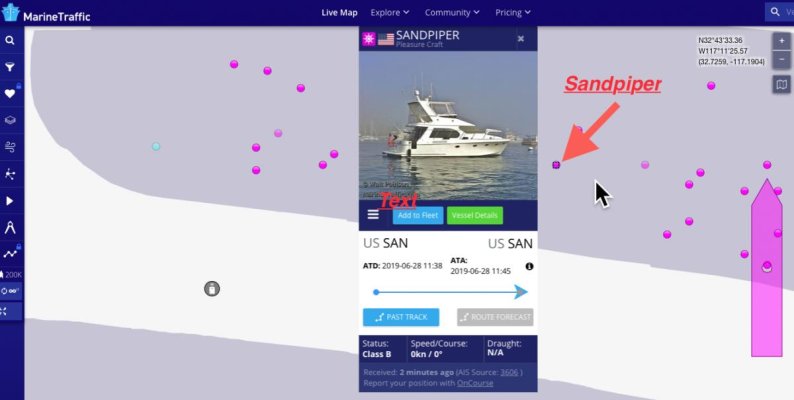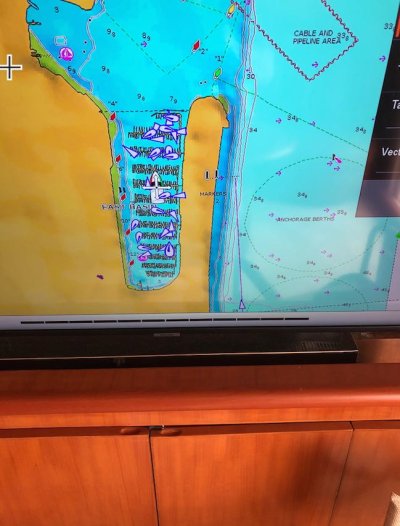I need to change out one of the VHF units. This maybe a good opportunity to AIS of some form. The boat has a new Raymarine MFD and older 7” Garmin Chart plotter as backup. I also use an (or two) iPad w/ Navionics. Very easy to use and enlarge the screen, etc. Of note, I have a good working SH hailer. But it’s rarely used.
Which of the following setup would you consider reasonable. Does one need an AIS that transmits these days and going forward?
My choices are:
1. A new RAYMARINE VHF that also receives AIS data and includes a hailer function. This will show AIS targets on the RAYMARINE MFD and I can get rid of the current hailer. The VHF screen is too small for AIS functionality on its own. $$$
2. A basic SH/ICOM VHF and a stand-alone AIS receiver module (Raymarine or others). This will show AIS targets on the MFD. $$
3. A basic SH/ICOM VHF and a stand-alone WIFI AIS transreceiver. This will allow transmitting our AIS data, showing targets on the MRF and also on the the iPad (Via WIFI). $$$$
4. 3. A basic SH/ICOM VHF and a stand-alone Raymarine AIS transreceiver. This will allow transmitting our AIS data and showing targets on the MRF. $$$$$
I convinced myself that option 2 is the way to go. Then I started talking to a dealer who insisted that a transreceiver is the way to go. Preferably with WIFI. He made a good case but I am not fully convinced. Maybe I am being shortsighted.
A Raymarine AIS units will easily plug directly into the current backbone.. others will need additional cables/converters and need fiddling.
In your opinion, How important Is transmitting your AIS data? I read stories that it can be useful for commercial traffic to know where your boat is in situation where the Radar is not seeing as well. That’s pretty rare, I reckon but still.
Any thoughts would be appreciated.
Streff
Which of the following setup would you consider reasonable. Does one need an AIS that transmits these days and going forward?
My choices are:
1. A new RAYMARINE VHF that also receives AIS data and includes a hailer function. This will show AIS targets on the RAYMARINE MFD and I can get rid of the current hailer. The VHF screen is too small for AIS functionality on its own. $$$
2. A basic SH/ICOM VHF and a stand-alone AIS receiver module (Raymarine or others). This will show AIS targets on the MFD. $$
3. A basic SH/ICOM VHF and a stand-alone WIFI AIS transreceiver. This will allow transmitting our AIS data, showing targets on the MRF and also on the the iPad (Via WIFI). $$$$
4. 3. A basic SH/ICOM VHF and a stand-alone Raymarine AIS transreceiver. This will allow transmitting our AIS data and showing targets on the MRF. $$$$$
I convinced myself that option 2 is the way to go. Then I started talking to a dealer who insisted that a transreceiver is the way to go. Preferably with WIFI. He made a good case but I am not fully convinced. Maybe I am being shortsighted.
A Raymarine AIS units will easily plug directly into the current backbone.. others will need additional cables/converters and need fiddling.
In your opinion, How important Is transmitting your AIS data? I read stories that it can be useful for commercial traffic to know where your boat is in situation where the Radar is not seeing as well. That’s pretty rare, I reckon but still.
Any thoughts would be appreciated.
Streff




